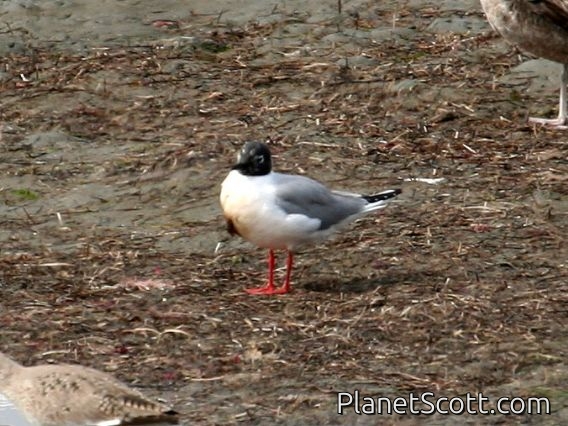Bonaparte's Gull (Chroicocephalus philadelphia)

Bonaparte's Gull (Larus philadelphia)
×


Bonaparte's Gull (Larus philadelphia)
About Bonaparte's Gull (Chroicocephalus philadelphia)
- Kingdom: Animals
- Phylum: Chordates
- Class: Birds
- Order: Shorebirds and Allies
- Family: Gulls, Terns, and Skimmers
Bonaparte's gull is a member of the gull family Laridae found mainly in northern North America. At 28 to 38 cm in length, it is one of the smallest species of gull. Its plumage is mainly white with grey upperparts. During breeding season, Bonaparte's gull gains a slaty-black hood. The sexes are similar in appearance.
Source: Wikipedia
Trips
No trip reports available.Visits
-
2007-04-11
San Diego Estuary, United States of America -
2012-12-02
Lake Merced , United States of America -
2014-11-18
Fort Funston, United States of America -
2015-01-03
Mendota Wildlife Area, United States of America -
-
-
-


